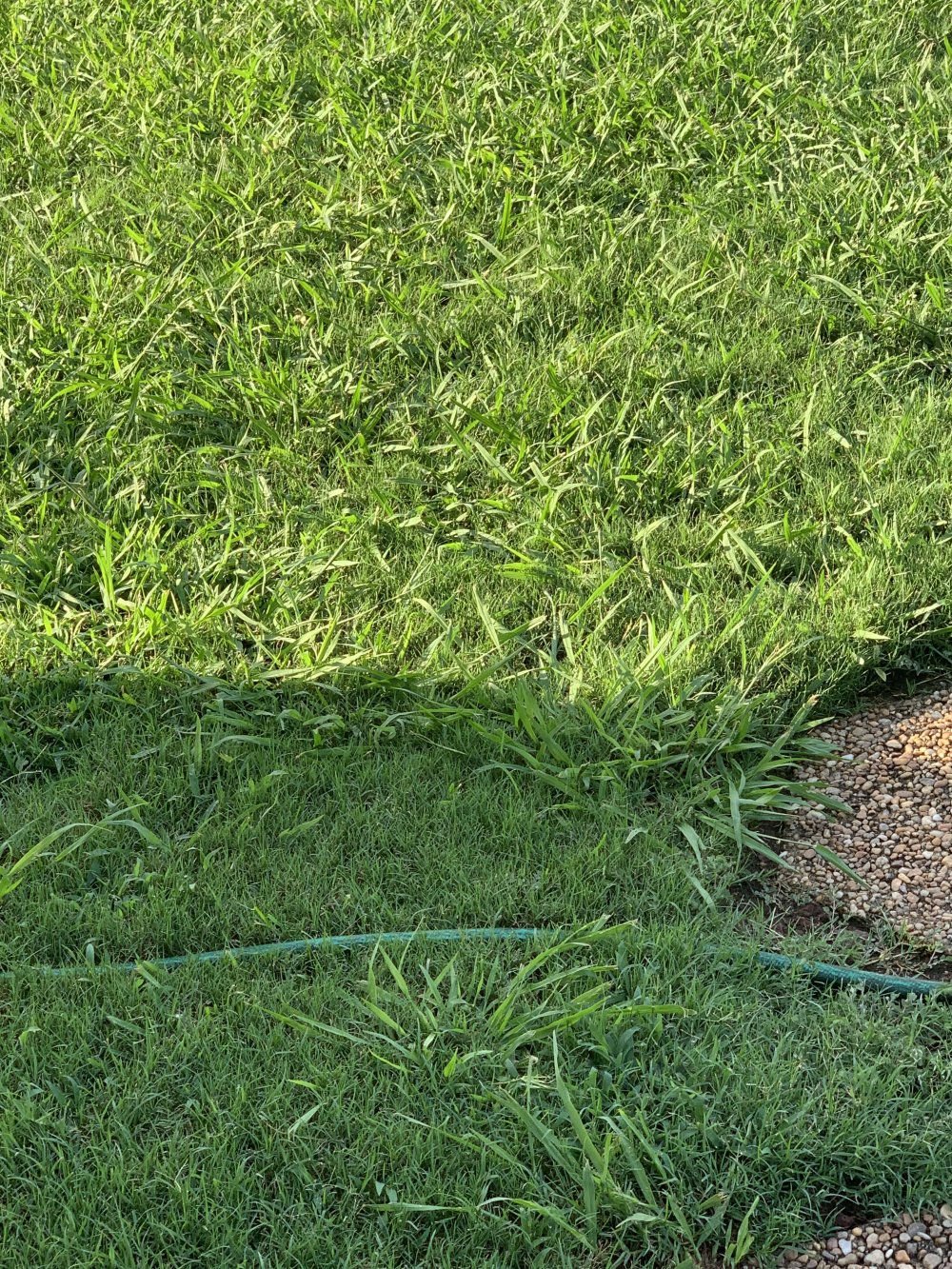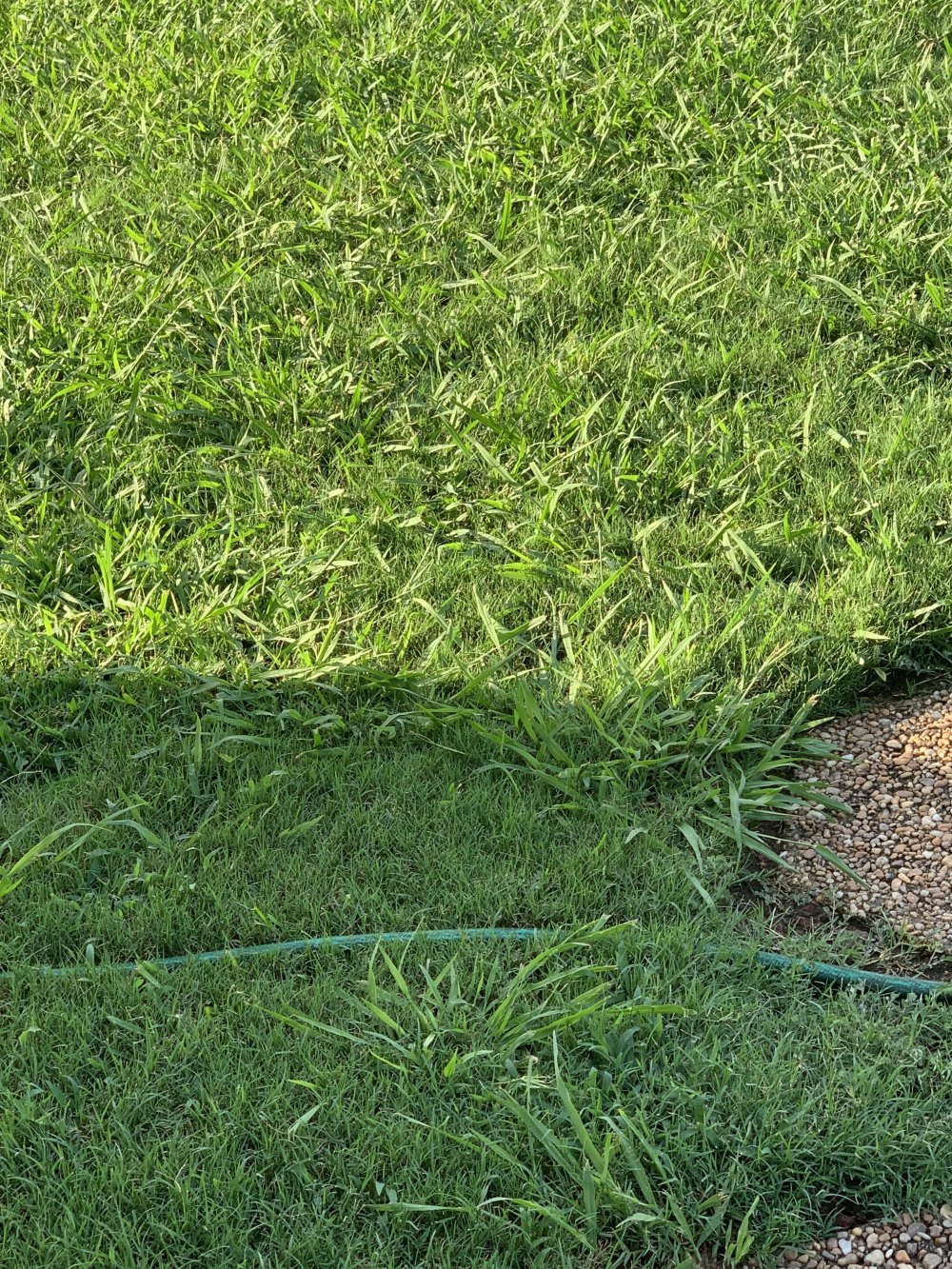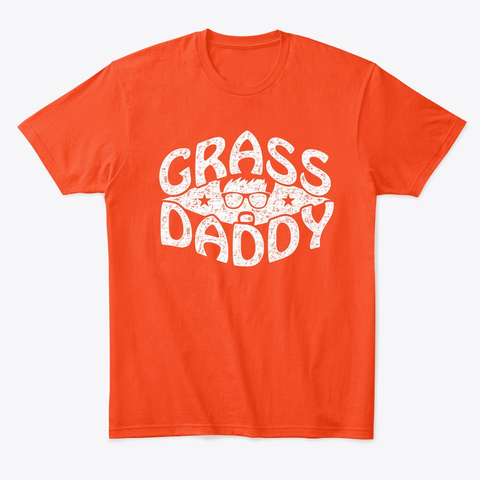Crabgrass is one of the biggest problems when it comes to lawn care, but it’s also one of the easiest weeds to tackle. It germinates in the spring and then can easily take over a lawn by fall, where it then dies off leaving dead spots all around.
The key is a two pronged approach: You need to kill it, and more importantly you need to prevent it.
To prevent it, apply pre-emergent when the forsythia blooms in the spring. If you missed that window, apply pre-emergent as soon as possible. Crabgrass begins to germinate in early spring but will continue to germinate later in the year as well.
To kill it, pretty much any weed killer will work but the key to success is knowing the stage of the crabgrass. When crabgrass first starts to grow it will go through leaf stages. After it has 4-5 leaves it will then begin to tiller and become more difficult to control.
Before tillering products containing dithiopyr, fenoxaprop, mesotrione, quinclorac, or topramezone will be effective. After tillering may require mulitple applications and dithiopyr is no longer effective. Interesting to note that quinclorac is most effected before tillering or after 5 tillers have formed.
How to Kill Crabgrass in the lawn
How to prevent crabgrass in the lawn
The key with crab grass is to prevent it every year. It’s very easy to come back and take over, so it’s not worth the risk. Having a thick, tall, healthy lawn will prevent it as well but you can’t get there if crabgrass is taking over every summer. So especially if your lawn is thin or short cut, apply a crabgrass preventer every spring.
References:
- https://ag.umass.edu/turf/fact-sheets/biology-management-of-crabgrass
- https://extension.umd.edu/hgic/topics/crabgrass
Related products: Roundup For Lawns, Ortho Weed B Gon Plus Crabgrass Control, Roundup for Lawns Crabgrass Destroyer, Prodiamine WDG
Related ingredients: Prodiamine, Topramezone, Quinclorac, Mesotrione
Have a photo of Crabgrass? Submit your photo to help others out!








Leave a Reply
You must be logged in to post a comment.